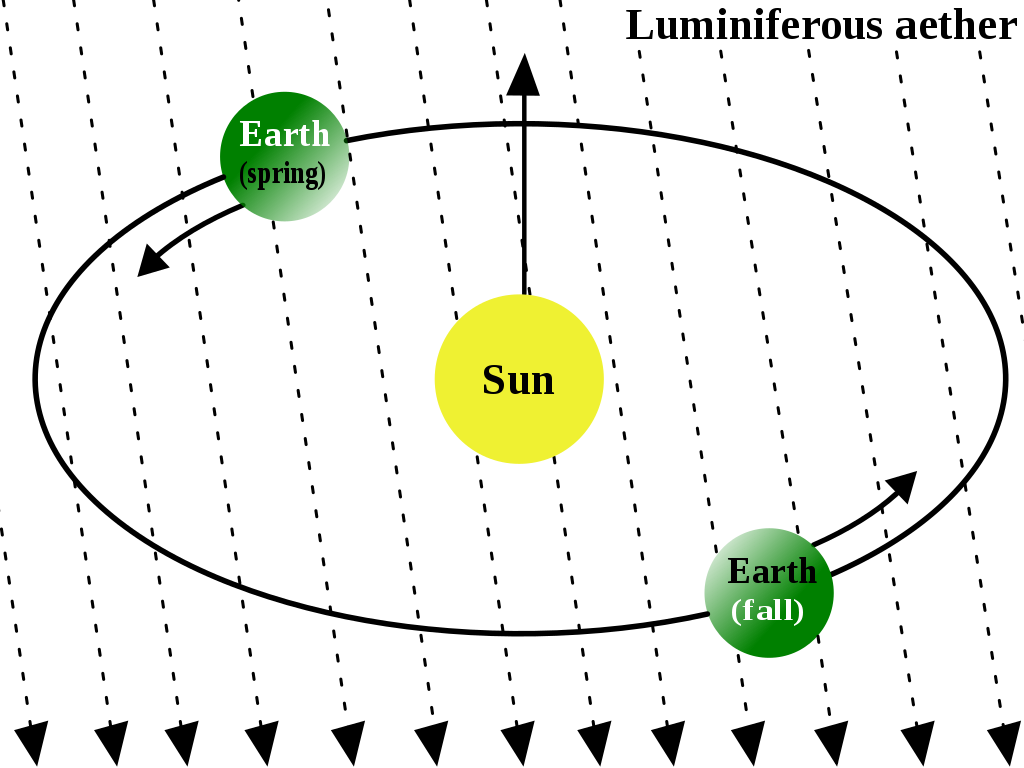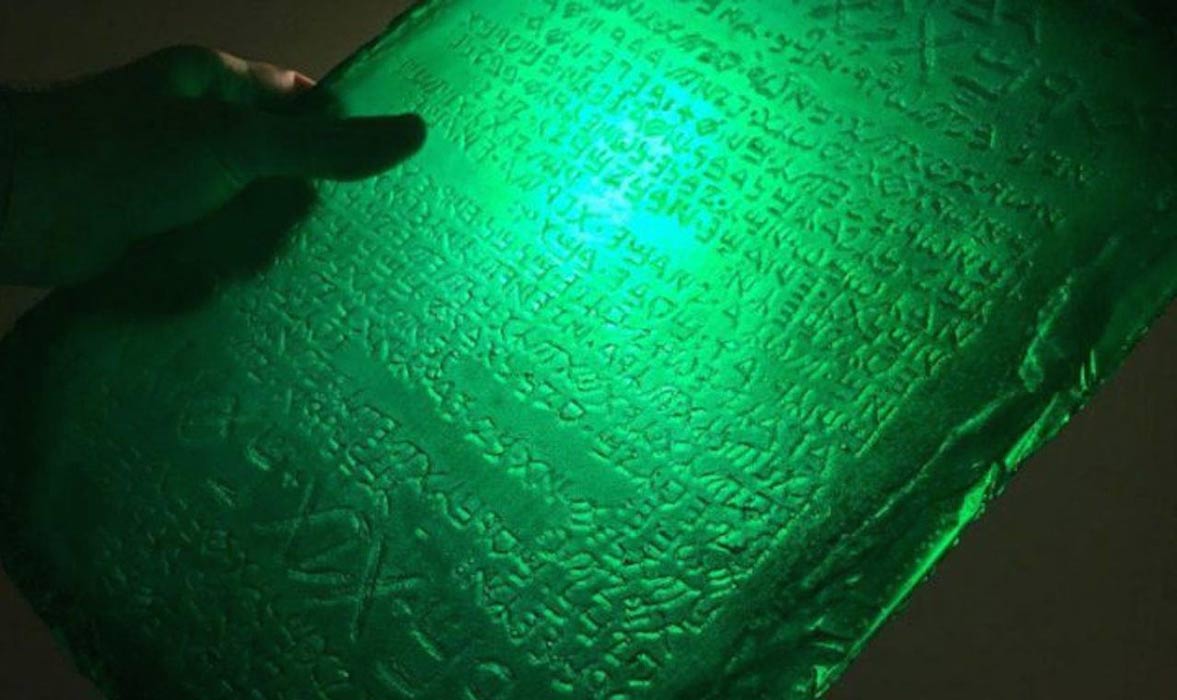An afterlife with God?
As elucidated in a prior post, the souls of recently deceased individuals, particularly those who undergo near-death experiences, find themselves in a realm that isn’t their ultimate destination but rather an intermediary phase between life and definitive death. What I call the interphase. Within this realm, there exists a boundary that those instructed to return cannot traverse —a frontier between the interphase and irreversible death. Many Christians, upon reaching this place, the interphase, encounter Jesus or a soul they perceive to be him. In contrast, non-Christians seldom report meeting Jesus, potentially complicating the theological implications. Just for the sake of clarity I will add that the only non-Christians that would met the son of the Virgin Mary are those that renounced ealier in their lifes to christianism.
While I haven’t read all the available NDE accounts, my Catholic schooling insisted that non-Christians are all destined for hell. Hence, if a Jew were to encounter Jesus it would be an awkward experience, to say the least.

Additionally, some NDE experiencers encounter a superior being, often described as God, yet the term itself falls short in capturing the essence of what they encounter in the interphase.
Alma B explicitly rejects the conventional depiction of God as an elderly figure on a throne—a borrowed image from Roman depictions of Jupiter. Instead, she defines the encountered being as a higher vibration enveloping the entire universe, a pervasive vibrational influence.
The concept of vibrations gained popularity in the 1970s, notably exemplified by the Beach Boys’ song “Good Vibrations” during the hippie movement. This idea drew inspiration from the Kybalion, a book purporting to contain ancient hermetic teachings.
Published in 1908, the Kybalion posits the existence of aether, a substance through which light waves were believed to travel. Despite experiments revealing its nonexistence, the theory persisted until Einstein’s 1905 proposal that light consisted of photons. The Kybalion attributes the origin of all existence to vibrations and frequencies of that same aether which, at that time, had already been proven not to exist. Its authors likely marveled at how this esoteric collection of scientifically unfounded assertions became mainstream

The notion that the entire Universe is God finds some presence in the Bible. Despite the fervor with which Jewish and Christian theologians have attempted to delineate God from the world He created, certain passages suggest a popular belief in such a all-encompassing deity. For instance, the book of Revelations 22:13, purportedly in God’s words, declares, ‘I am the Alpha and the Omega, the First and the Last, the Beginning and the End.’ Ancient hermetic texts, like ‘Asclepius: The Perfect Discourse of Hermes Trismegistus ,’ which unveil the essence of Hermetism, describe God as akin to the nature of the mind, with the entire Universe as an expression of God’s thoughts. In this vein, NDE experiencers such as Duane F Smith and Richard L encounter a superior being that reveals the entirety of the Universe and our interconnected role as part of God—an understanding that aligns with hermetic teachings, dismissing the illusion of individual separation.

Bridget F further expands on this revelation from the supreme being, defining God as ‘everything that can ever be and everything that can never be at the same time.’ Such a comprehensive definition surpasses any mystic or sacred text’s depiction of God, encompassing even the realms of possibility and impossibility.
Ron K echoes a sentiment reiterated by numerous NDE survivors—that God is pure love. While love is often perceived emanating from angels, spiritual guardians, and the supreme being referred to as God, the argument is made that for love to exist, there must be a subject loving an object. Drawing a parallel, individuals may love certain aspects of themselves, but love is an experiential feeling, not an inherent part of their physical attributes.
Certain NDEs provide intricate details of encounters with a supreme being. J.B., an Indian NDE survivor, describes this being as composed of particles, simultaneously homogeneous and heterogeneous—a fully self-sustaining and all-sustaining truth-wisdom substance.
In her own words “This is not figurative substance, but literally substance.. It is a BEING. Naturally, this substance is not at all the material substance that we all know of ordinarily, yet it is related to it in a (some) extremely remote sense. It’s some sort of living force made up of the above described lively and living particles. It is the basis of all other substances and forces as we experience them in ordinary daily consciousness. It penetrates and reverberates in all”
J.B. must be one of the few NDE survivors that, when asked if she had any difficulty in expressing what he experienced with words, answered that none at all. J.B.’s articulate explanation stands in contrast to simpler interpretations, suggesting that the nature of the encounter is less about what they met in the interphase and more about how they interpret the experience upon returning to life.
Among the presented definitions—that God is a pervasive vibration, that God is Love, and that God is everything with us as indivisible parts —the latter is the only one against which I lack logical arguments. The inclusivity of individuals like Ted Budny, Hitler, or Vladimir Putin as parts of God alongside figures like Mahatma Gandhi, Desmond Tutu, or Willy Brandt seems quite peculiar.
Personally, I lean toward the hermetic view of the Universe as an expression of a supreme mind. This aligns with the theory that information constitutes the essence of the spiritual realm. If matter originates from the information processed by a universal mind, then our current material reality may not truly represent the universe’s nature. Instead, its genuine nature lies in the spiritual world from which it emerged and the spiritual realm where we culminate at the end of our lifetimes.
Now, contemplate the hermetic teaching asserting that, thanks to our mental creative capacities, we are all little gods. M. Vopson’s theory of information posits that what we create in our minds, the composed information, is a substance with its own weight — a form of matter so ethereal that measuring it may be decades or even centuries away from beind achievable. Each of us fabricates a distinct world in our minds, a world that, by virtue of our creativity, is undeniably real. Could this be evidence that our creative prowess bestows upon us the status of little gods?